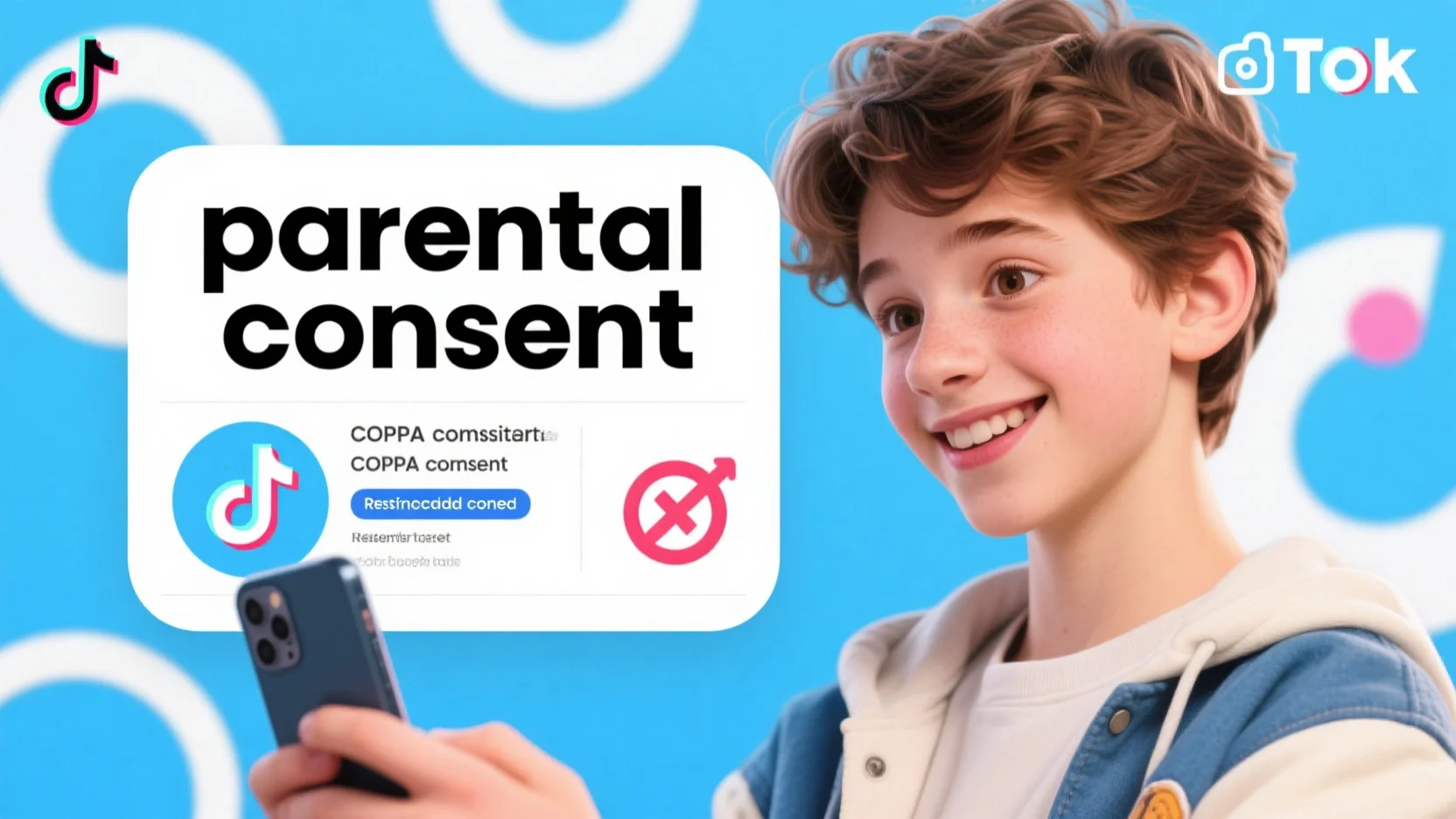
Ensuring TikTok Teen Safety in Advertising: Restricted Targeting, COPPA Compliance & Parental Consent Best Practices
In today’s digital age, TikTok’s immense popularity among teens (a recent study shows two – thirds of teens use it) makes ensuring their safety in advertising a top priority. According to Google’s official guidelines and